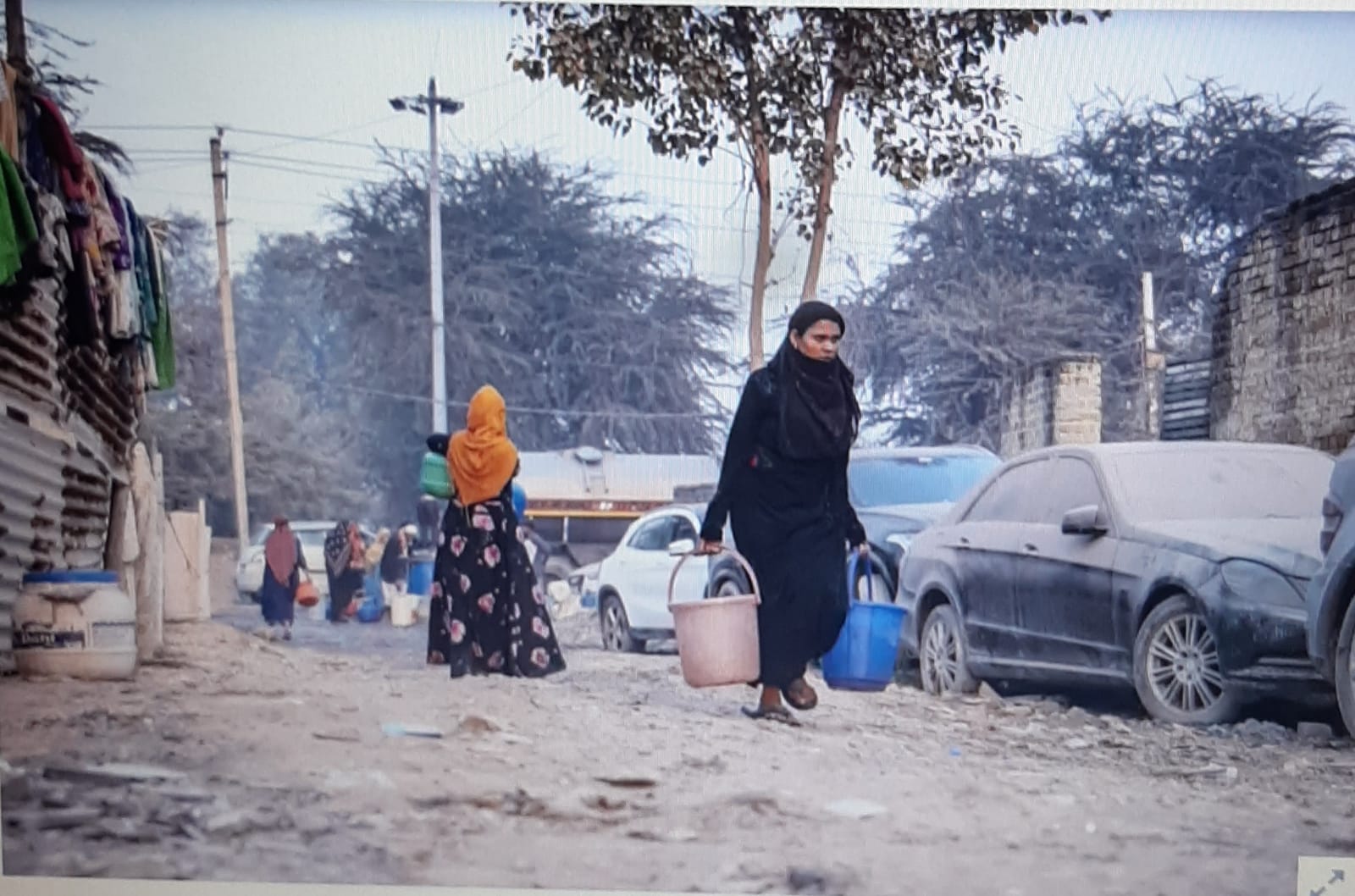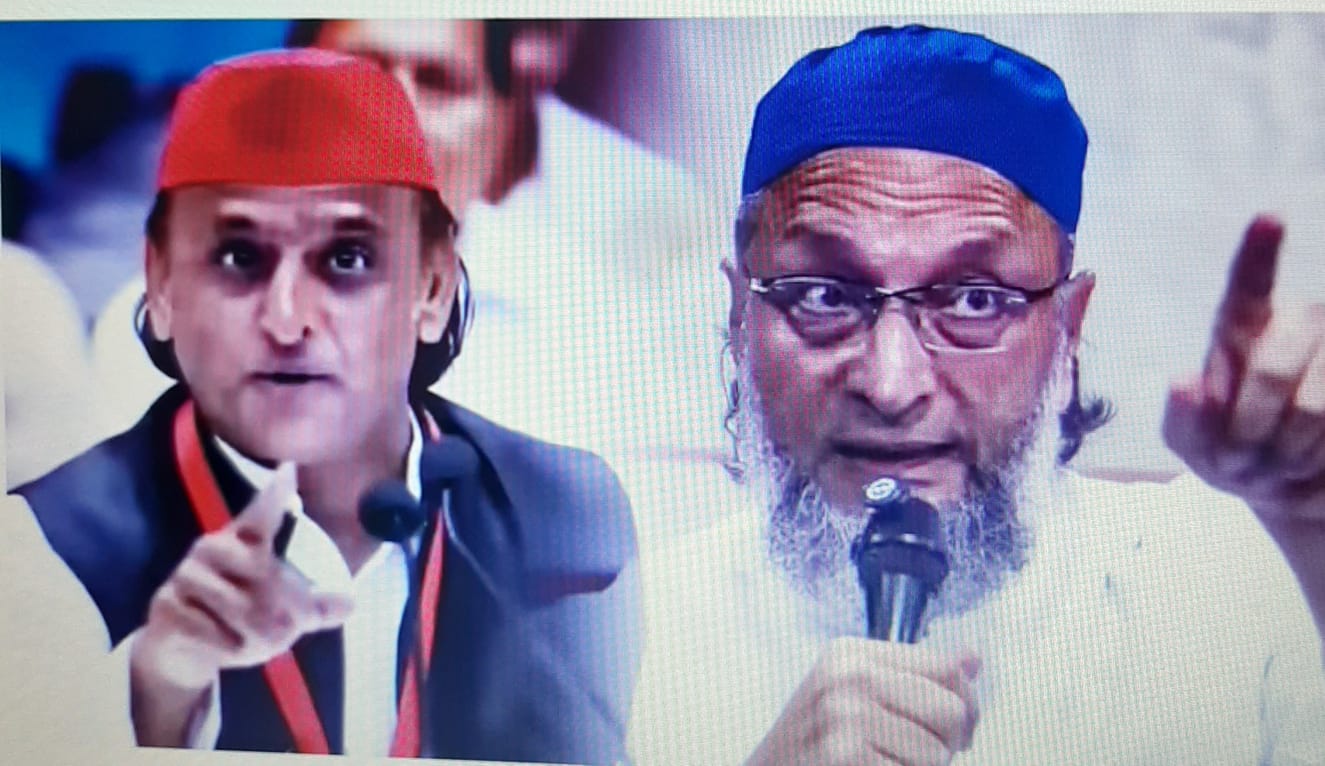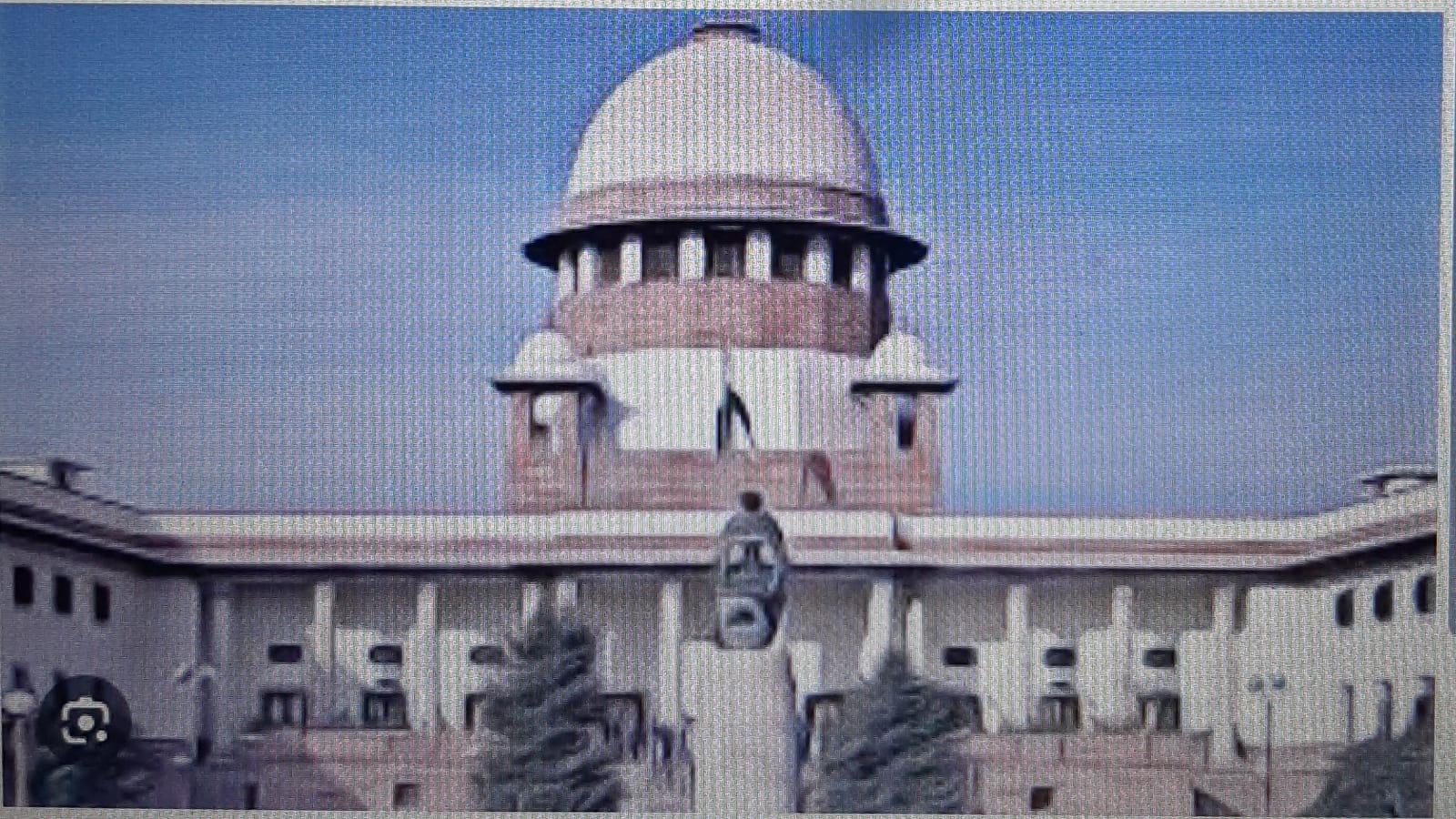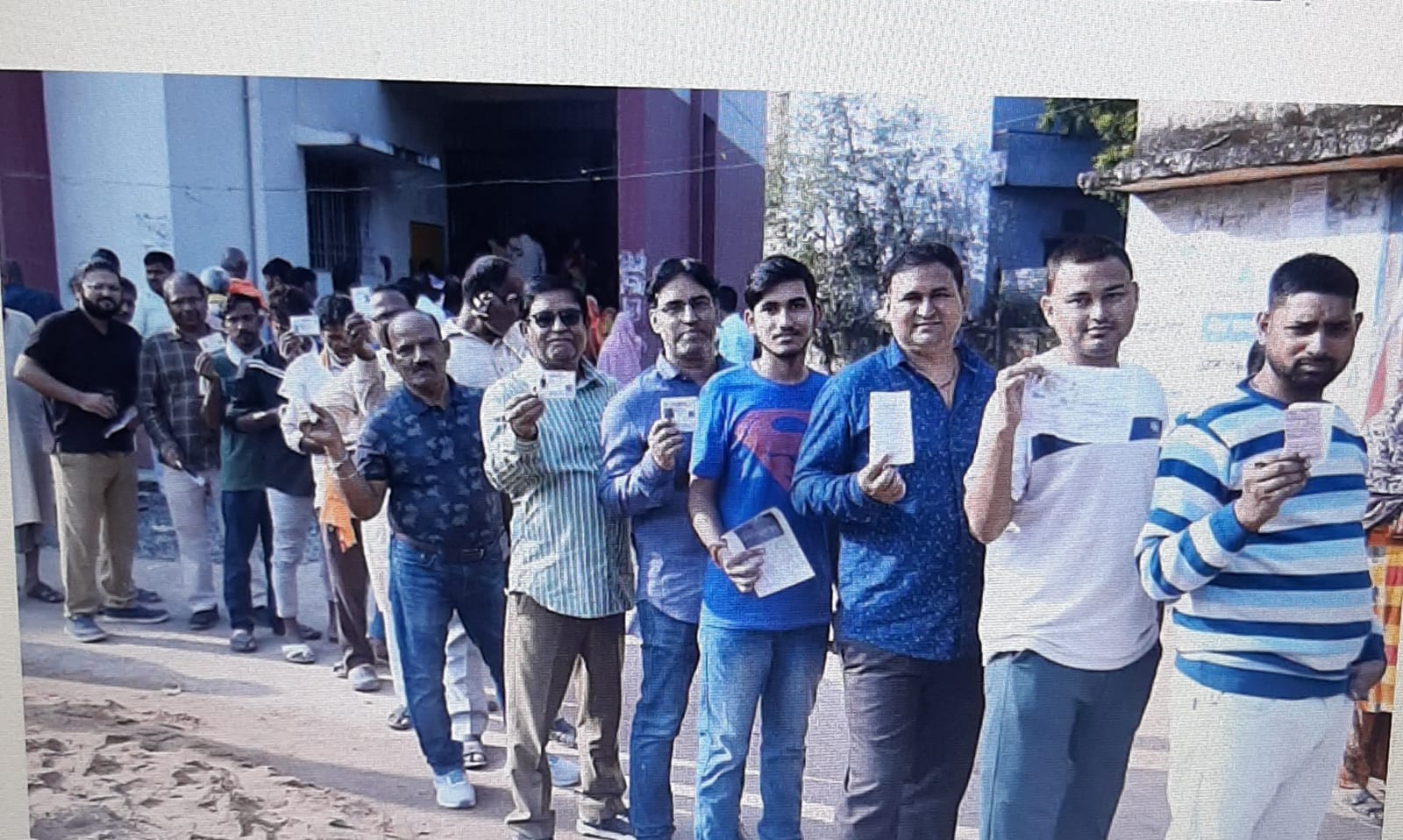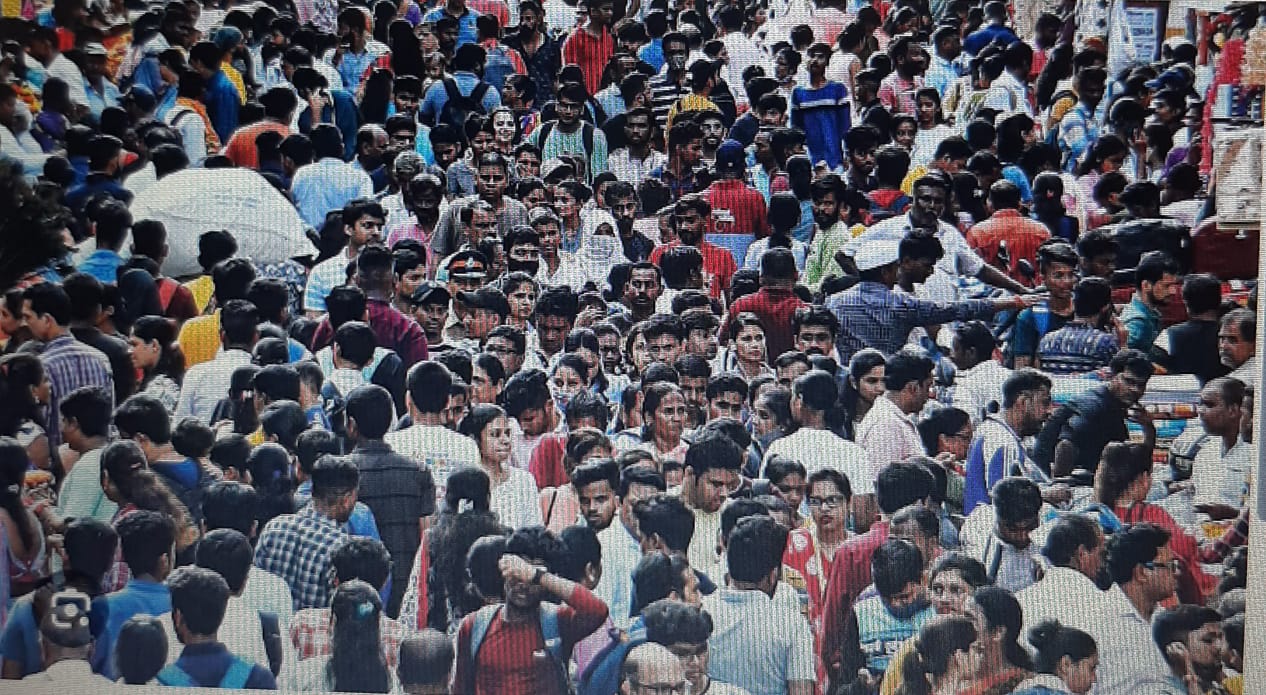
India today has nearly three times more people than it had just fifty years ago. Our cities are bursting at the seams, the sheer numbers make effective implementation of any programme so much more unmanageable, there aren’t enough schools, colleges, doctors or hospitals, writes former IAS officer Juthika Patankar
‘India’s population hits 146.39 crore, says UNFPA’ was the big headline in The Hindu of June 11, 2025. Do we rejoice or do we drown ourselves in despair? What does this milestone mean for us, the citizens of India? Is it indicative of future progress or does it sink us into greater difficulties in our daily living?
The Government of India’s official policy on population, today, is not immediately evident even to nosy citizens who like to inquire into everything and become living embodiments of the Right to Information. Let us look at its chronological evolution.
In 1952 India launched the National Family Planning Programme with the objective of lowering birth rates and stabilizing the population in the interest of the national economy. By 1976 the policy objectives included the more pointed phrase ‘population control’ besides family planning and reduction in fertility rates. Slogans like ‘do ya teen bachche, hote hain ghar mein achche’ followed by ‘Hum do, hamare do’ became familiar to every citizen. However, the excesses in the name of enforcing population control in 1976 contributed hugely to the fall of Mrs Gandhi’s Congress government especially across the northern states. After March 1977, we only heard official statements about the need for health and family welfare. Population control, even family planning, was never alluded to by the politicians especially those in power. Clearly at an early stage after independence, policy planners had been alert to the disadvantages of an ever-increasing population but after sweeping electoral losses, no political party showed any commitment to tackle the issue or even place it before the public as a problem.
Meanwhile India’s population continued to grow at what would appear to have been an alarming rate. India today has nearly three times more people than it had just fifty years ago. Our cities are bursting at the seams, the sheer numbers make effective implementation of any programme so much more unmanageable, there aren’t enough schools, colleges, doctors or hospitals. Indians seem to have emigrated in huge numbers to practically every corner of the world. Transport means and facilities are completely inadequate and insufficient. Economic gains are quickly overtaken and reduced by the accelerated growth in population. Overcrowding of public spaces and public facilities makes venturing out of the home an eternally unpleasant experience. The ghastly inconvenience and horrific shortages of resources, their management, their accessibility and their efficient deployment plague us always. So has not there been an ever present need to focus on containing our population so that at some point in the future our resources, infrastructure and space would be sufficient for all our citizens to enjoy an enhanced quality of life?

The National Population Policy, 2000 talked of the challenges related to population growth and the need for sustainable development by promoting planned and responsible parenthood. Our policies have always ticked the right boxes in paying lip service to the education of the girl child, focusing on infant mortality and maternal mortality rates, child nutrition, child care and, of course, sustainable development. Population policy like any other policy must include all these. But in these multiple noble goals, what is our stated goal with regard to our population level?
Then in the last decade and a half, we were told by our policymakers and academics that India’s huge population was one of our greatest assets. India’s population would ensure a young workforce while the rest of the developed world would have only the elderly population with ever declining birth rates. India was poised to reap a massive demographic dividend from its large population, an advantage the developed world obviously lacked. Skill training was emphasized and skill development programmes launched, to project India as the future skill capital of the world.
But in reality, education standards plummeted. The ever-increasing additions to the labour force remained mostly uneducated, unskilled and consequently, unemployable. Jobs have not kept pace with the growing demand for them. We have no identifiable sectors in manufacturing or services where we have a competitive edge over the rest of the world. To the average citizen the demographic dividend is a myth.
To continue the chronological sequence of the population perception muddle, we now have the North-South divide in development. The southern states are contending that their success in managing population growth and resultant better showing in economic and human development indices has led to their getting a reduced share of resources and funds in the Centre-dominated federal system. The prospect of delimitation of Parliamentary constituencies would also threaten to reduce their representation in Parliament as compared to the northern states because their population growth has been declining. We have been hearing the appalling calls from some of the southern political leaders urging the people of their states to produce more than a dozen children to counteract the disadvantages of a reducing population. What do we, as citizens, conclude about the capacity and capability of our governments to understand the population question for what it is and to address it accordingly?
In parallel, the last decade has seen a politically-sponsored polarization of communities on religious lines and Muslims have been targeted for various ills including their disproportionate contribution to the rising population numbers.
Amidst all this the pertinent question which begs to be asked is, what exactly is our population policy and how does it contribute to governance? From the issues and views being aired in the media and from political platforms, it would appear to any citizen that India’s population is an asset, any success in controlling its growth would put such a region or community at a disadvantage and that the growing numbers are in fact the guarantee of future prosperity. If this be the case, that the huge population is a big plus, then why is it that today as many as 830 million Indians have to receive free foodgrains from the government to offset their hunger? Why has the Census not been carried out till date? Why does unemployment continue to be an obvious problem in spite of the government’s assertion of declining unemployment rates?
Why do governments and private employers increasingly go in for contract employment if stable and skilled regular employees could result in better productivity? Why are communally divisive issues invariably at the forefront and not issues concerning improvements in the quality of education and health care for this very desirable level of population? What has been the real trajectory of skill development? Are our workers indeed gaining more skills to combat a future of AI? Has social mobility increased? Have jobs and professions shed their traditional unbreakable linkage to specific castes? The list of questions is endless.
The Indian Express today, June 14, 2025 carries an article by S Irudaya Rajan and Andrea M Wojnar titled ‘Aspiration, choice, demography’. It argues that “the moment calls for a proactive perspective to engage women, families and communities around their reproductive autonomy through informed choices…building a country’s capacity to anticipate, adapt to, and take advantage of demographic changes within a human rights framework.” This article is a reminder that population policy needs to be nuanced, to understand the fact of a big size population from various angles of seeing and to craft a policy solution by including a nod to the rights of women and families among perhaps many other things.
In this connection we may recall that the emphasis on population control, overtly or covertly, meant targeting women to undergo birth control operations while leaving the men alone. Even the propaganda phrase ‘educate a girl child and you educate a family’ at one stroke demolished the idea of a woman as a human being enjoying equal rights as all men and so requiring education for her right to self-determination and freedom of choice whether to have a family or not. My point in this piece however is not to deny or exclude the complex nuances of population policy but merely to highlight the need for a clear, coherent and cogent acknowledgement and identification of a problem which requires a policy solution. We don’t even seem to have got to first base in this regard.
Principles of public policy formulation dictate that policy should be transparent; should be focused on a single objective; should be shared with all stakeholders before final decisions and should involve public debate on the optimal solution to the identified problem. Overarchingly, public policy has to be in public interest. And in India, following our Constitution, public interest would naturally include all communities, all genders without discrimination. India/s population policy (if we have one) does not seem to fulfil any of these requirements. We do not seem to have even identified if there is a problem with regard to population. In such a dismal state of affairs, citizens would go blindly into the future as there is no governance emanating from the understanding of the population question and how it should be addressed. This is a matter of grave concern because if there is any one issue which is irretrievably, irrevocably, inevitably and primarily identified with India today, it is the issue of its humongous population, the issue of being the most-populated country in the world with nothing else to show on a comparable level of achievement.
(Ms. Juthika Patankar is a visiting faculty in Gokhale Institute of Politics and Economics and a member of Pune International Centre. She is also a former civil servant. Views expressed are personal.)



